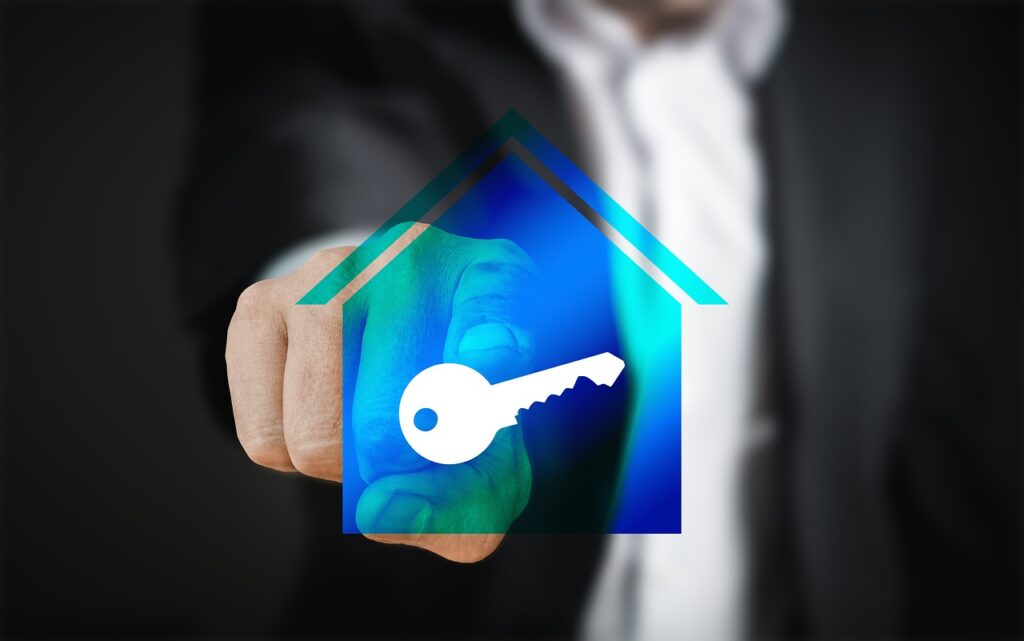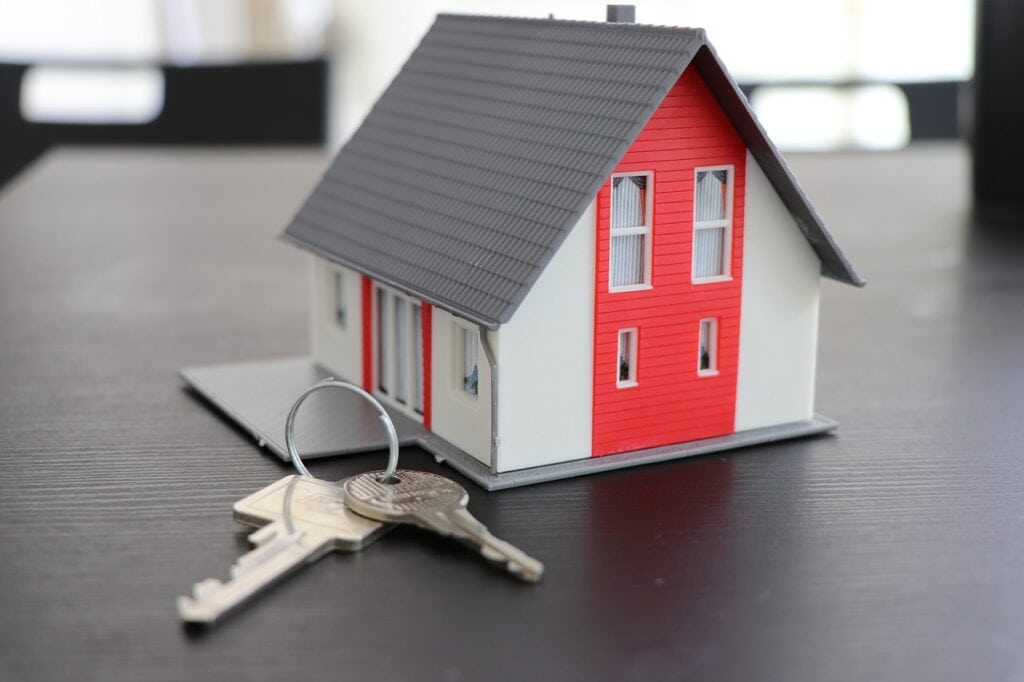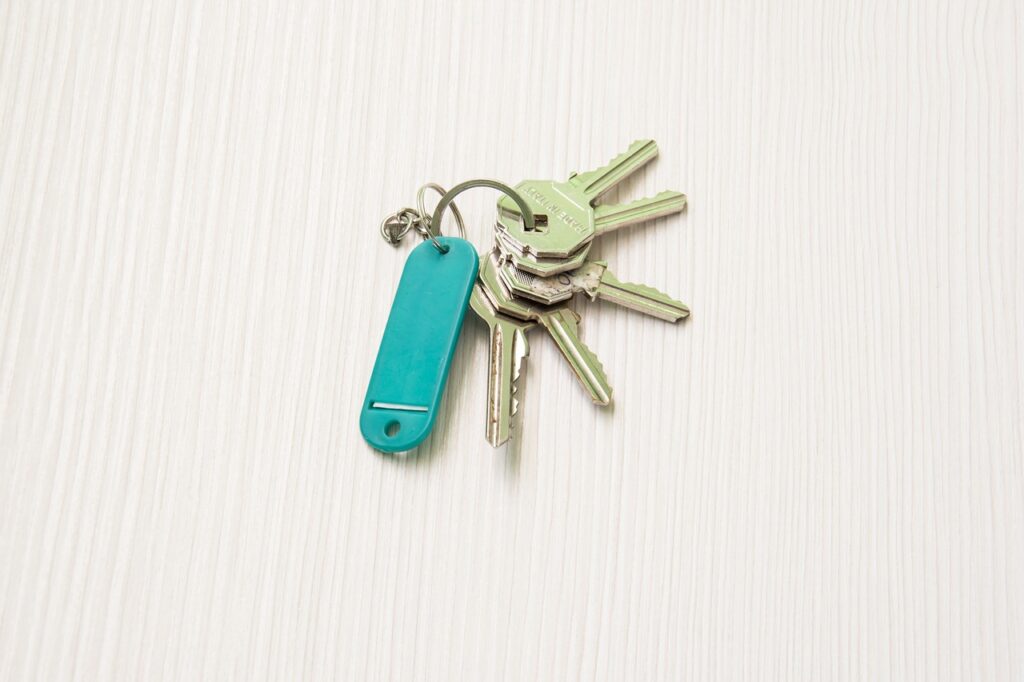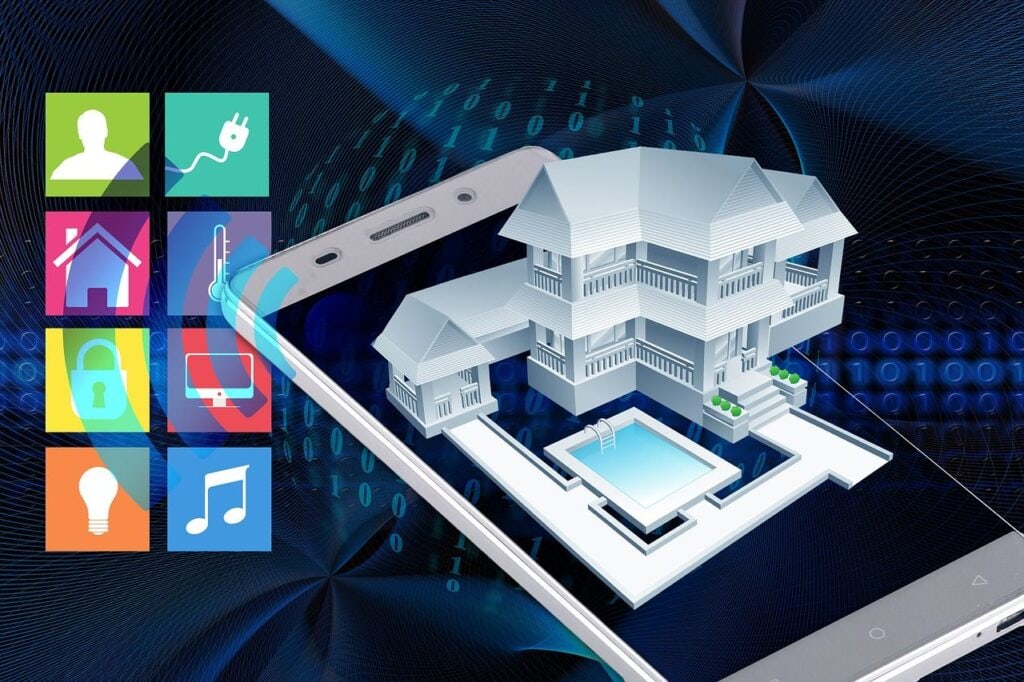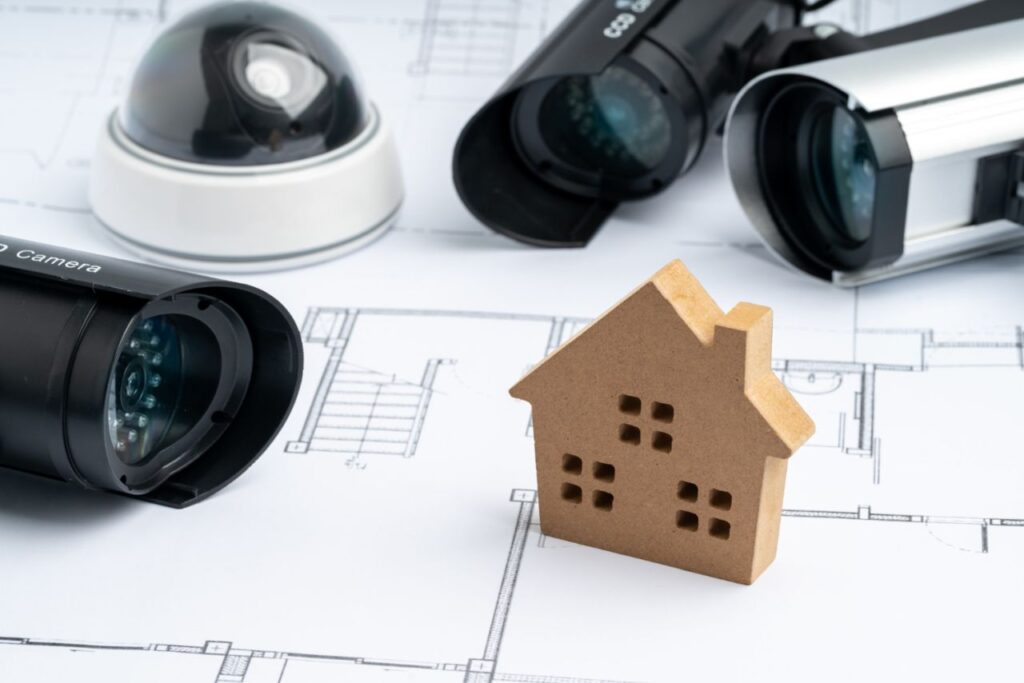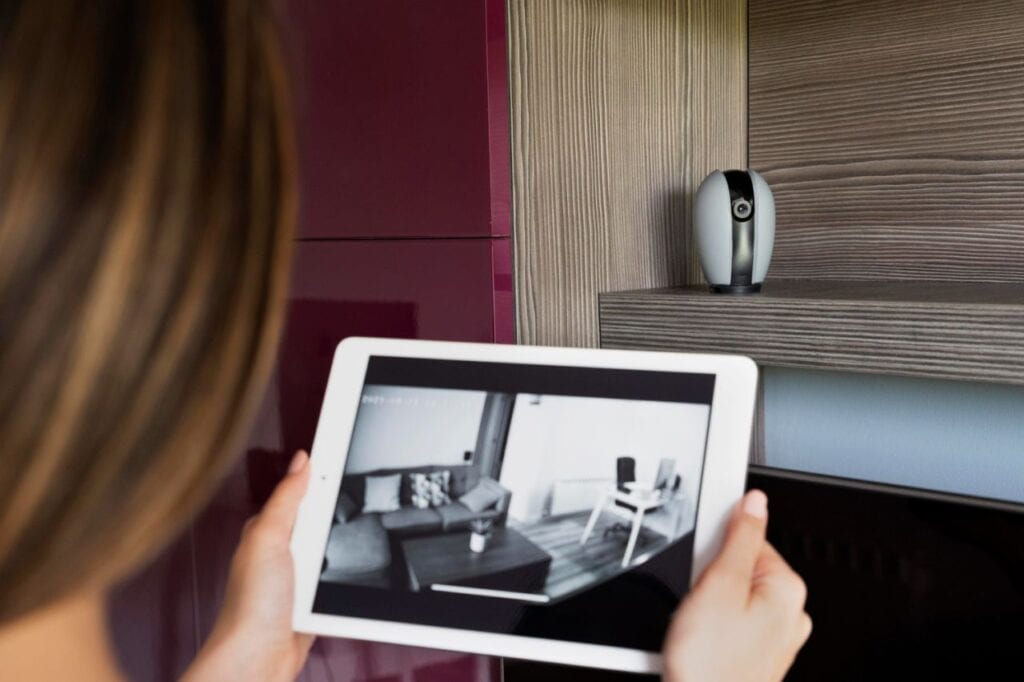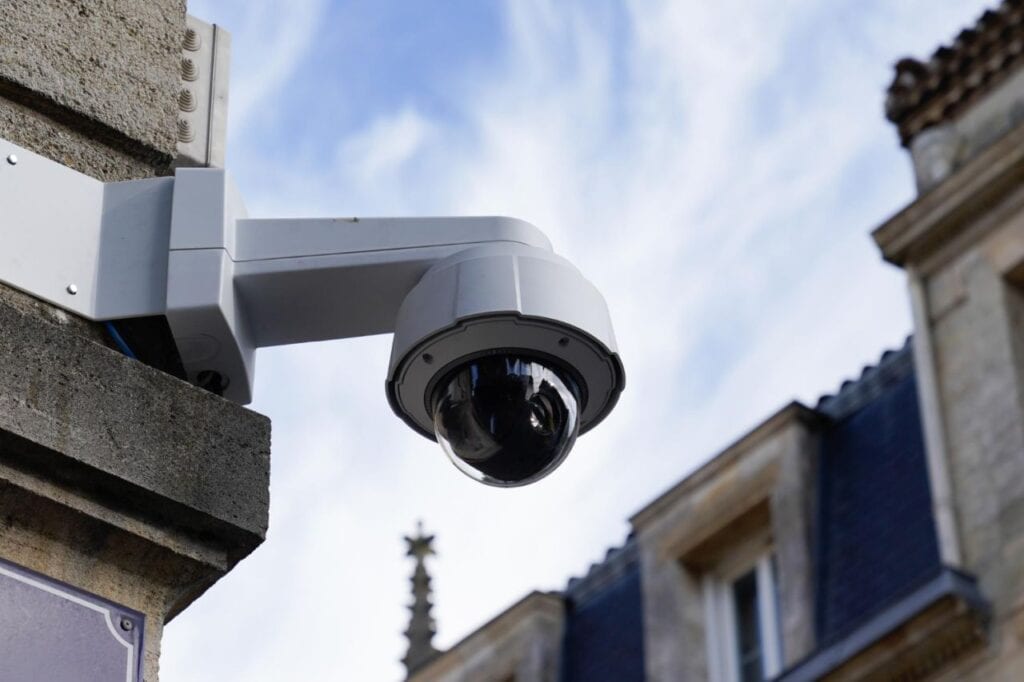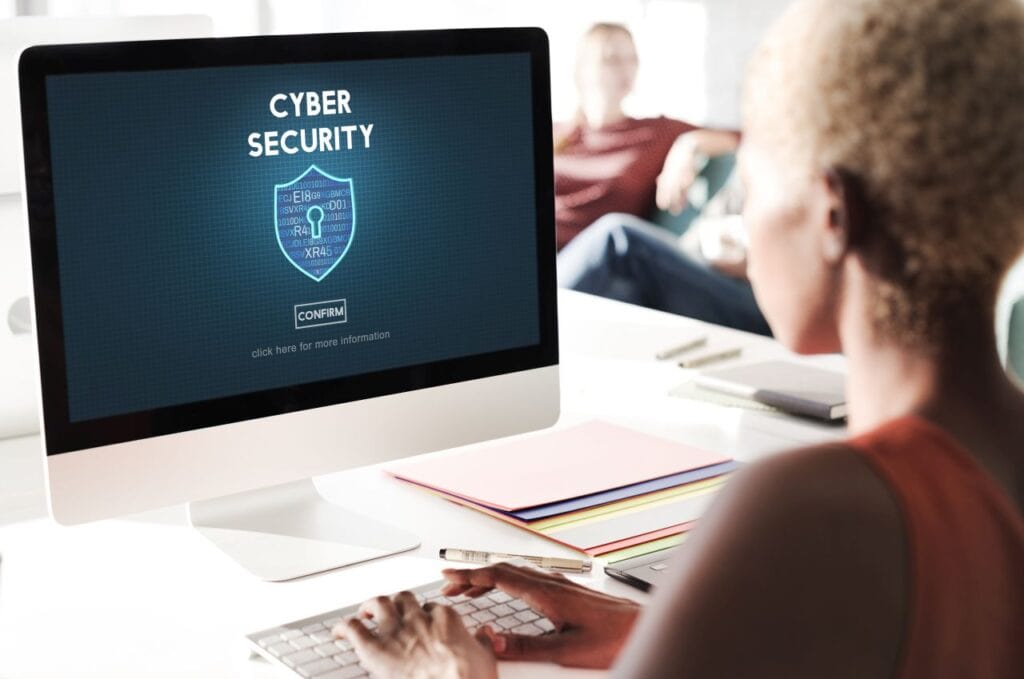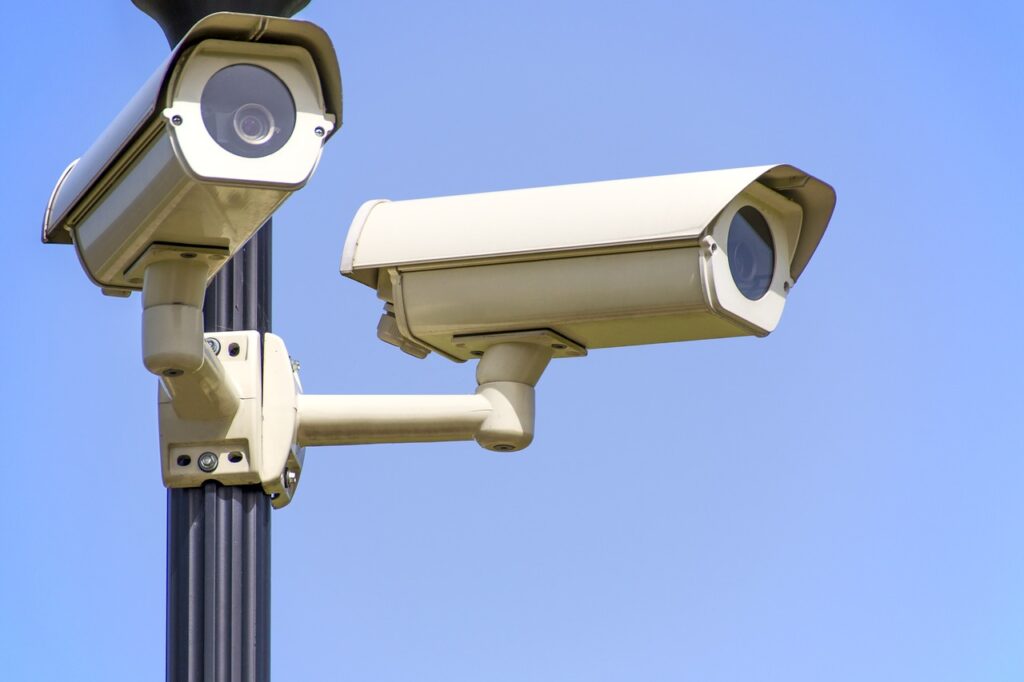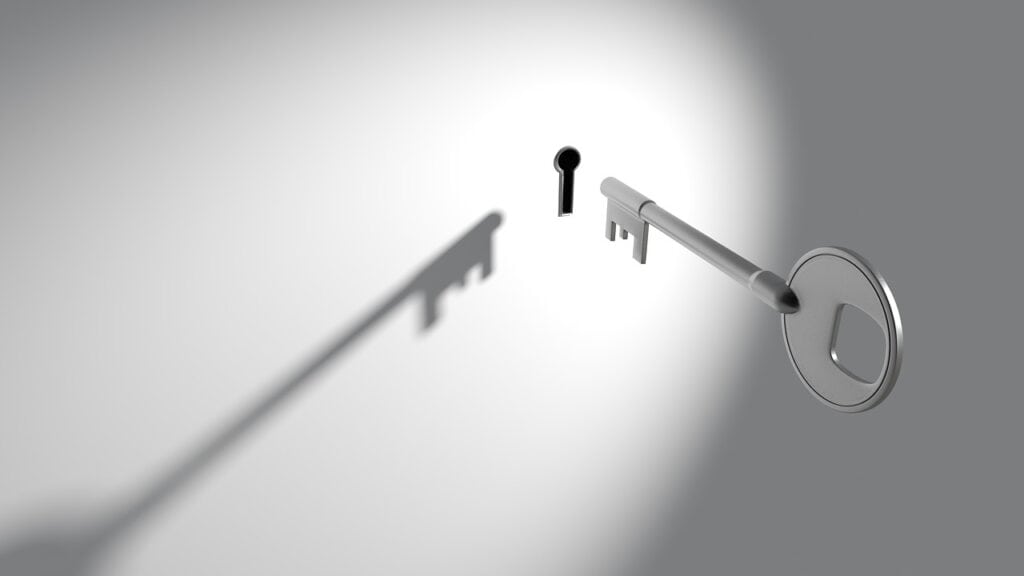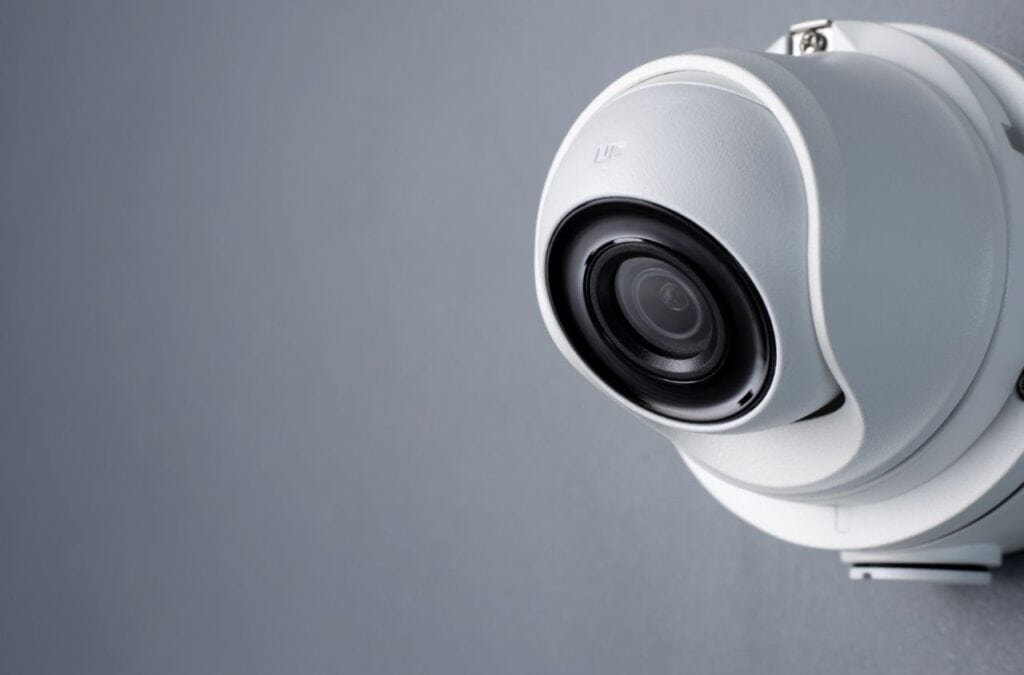To keep your home security system working reliably and effectively, you must protect it from physical interference. Strategically placing security equipment is one of the main ways to protect yourself. Put in place control panels, sensors, and cameras in places that are hard to get to or see from the street.
To discourage would-be burglars from trying to physically tamper with your security system, mount your cameras high and out of reach, and conceal your sensors. One further way to make wiring less vulnerable to tampering is to hide it and put it somewhere out of sight.
Another important thing to think about is making sure your home security system's power source is secure. Use tamper-resistant or concealed power sources if you can, and be sure that outlets are not easily accessible.
To keep the system running even when the power goes out and to stop people from trying to tamper with the power source, you should think about backup power options like uninterruptible power supplies (UPS). Particularly for hardwired security systems, this provides an additional safeguard against physical manipulation.
You may make your security system more resistant to tampering by maintaining and checking it regularly. Keep an eye out for physical damage, loose connections, or anything out of the ordinary with the gadgets on a regular basis. If you're concerned about potential physical tampering, you might want to look into security systems that have tamper detection features.
These features can activate alerts or alarms and keep your property safe. When homeowners take these steps together, they strengthen the physical security of their home security systems, making them more resistant to tampering and giving them peace of mind.
Enhancements to Camera Hardware Security
- Security cameras are vulnerable to tampering, vandalism, and theft on rare occasions. Damage to valuable goods or loss of film or other data are the two most obvious manifestations of the danger. Solid materials, sturdy mounting systems, and preventative technology are two excellent ways to lessen the impact of these issues. One technologically advanced approach to camera security is the use of clever tamper detection features. In the best case scenario, the gadget can detect when someone is tampering with the camera and begin backing up to the cloud, which will ideally preserve real-time footage of the incident and assist catch the offender in the act. In addition, some Temper Detection solutions have the capability to immediately warn the user of the situation by sending them an email or text message.
- Every camera has its own unique level of resistance to physical shocks, which is measured by its Vandal Resistance (IK10 Rating). This official worldwide standard, which is measured with an IK value, is known as the Vandal Resistance Rating, and it indicates how well something can withstand external mechanical impacts. Hardware without protection is rated as IK00, while cameras with 20 joule impact resistance (the same as a 5 kg weight dropped from 400 mm, or approximately 1.3 feet) are rated as IK10. The IK10 rating is required of top-tier "vandal-proof cameras"; this is double the level of protection offered by the IK09 grade, which indicates resistance to a 10 joule impact (or 5 kg dropped from 200 mm). The top-tier IK10 rating is four times greater than the previous ones: IK08 (5 joule impact, or 1.7 kg dropped from 300 mm), IK06 (1 joule impact, or 0.25 kg dropped from 400 mm), and IK02 (0.2 joule impact, or 0.25 kg dropped from 56 mm). A hundred times higher, in fact.
- Torx Screws: Some criminals may attempt to steal a security camera in addition to tampering or breaking your gadget. In this situation, too, a two-pronged approach is ideal: first, robust physical protection; second, data encryption. To accomplish the second objective, it is usual to employ Torx Screws, which are the gold standard in attachment methods and significantly lessen the likelihood that the camera will ever be removed from its mount. The ubiquitous six-pointed star-shaped Torx Screws are the de facto standard for secure fastening in a broad variety of mechanical applications, from transportation (motorcycles and cars) to building and electronics.
- Security camera footage and all other data is further protected by Encryption at Rest since no security measure is 100% infallible. In case someone manages to take a gadget, encrypting it will protect any stored information. It doesn't matter who gets their hands on the camera, how they do it, or when they try to access the data; nobody can get there without the encryption keys. Last but not least, several encryption standards, such as RSA, AES, or PKI, can be used by Encryption at Rest.
- Signing Firmware: From cameras to laptops to servers, firmware is included in the majority of current gadgets. Although this facilitates the device's optimal operation and permits continuous updates to enhance capabilities, it also poses a security risk. Firmware is vulnerable to malware and exploits that hackers may use to infect systems. For this reason, proactive firmware security must be a top priority for providers and manufacturers. Important ideas in firmware signing include key signing and signature checking, which guarantee that no one other than authorised users can execute code on any camera.
- These days, a lot of top-tier security cameras provide solid-state storage options for your recorded footage. The device avoids draining network resources with continuous transmission by using big hard drives to store footage and data. Solid State storage has finally arrived, and it offers numerous benefits over traditional spinning hard drives, including improved data security. However, traditional hard drives are still widely used. Solid State Drives (SSDs) are superior to regular drives in terms of shock and vibration resistance because they do not have any moving elements. They are ultimately less likely to fail and lose data because of this. In addition to increasing reliability and longevity, this makes SSDs significantly quicker and more efficient.

Ways to Secure Your New Home
Install Safety Measures
Accurate as of the date of posting. Both the offers and the availability could change depending on where you are.
Installing a security system in your new home is a must, whether it's a do-it-yourself model or one with advanced capabilities like expert monitoring and smart home controls. You can find a home security system that suits your needs and your budget among the many options available today.
Suggests taking stock of your home and neighborhood's requirements to settle on a strategy that suits you. "Once you know the likely risks," according to him, "evaluate your home to see what is needed to protect it."
Get in touch with the cops in your area if you want to know the crime rate in your area or need assistance with a home security assessment.
Lock The Doors
Don't aid an intruder who is trying to get in through the front door (34% of people do this!).2 Before you let someone in through any outside doors, double-check that the frames are sturdy, the hinges are secure, and that someone can't use the mail hole to open the door.
Make sure to change the locks on all the doors if you're relocating into a home that has previously been occupied. That way, you can be confident you're using top-notch locks and that no random people have a key to your residence.
Sliding doors are easy targets for burglars, so take precautions. If you prefer a more traditional approach, you can secure the door from being forced open by inserting a window bar or dowel into the track. An ultra-modern option would be to install a sensor that detects when glass breaks or opens a door. These will notify you in the event that the glass door is manipulated, which should deter would-be burglars.
Secure The Windows
The previous owner may have left the windows closed but unlocked, making them "a common entry point for criminals"—according to a theft expert. Furthermore, window locks supplied by manufacturers aren't necessarily secure and can even be quite weak.
Upgrade the security of your windows with aftermarket locks or levers that require a key if you are dissatisfied with the aesthetics of your current locks. However, you are not limited to that.
Illuminate The Environment
Most criminals, including vandals, burglars, and others, want to stay out of the limelight. Use sufficient outdoor lighting to ward them off. Light up your front and rear yards, paths, and areas surrounding any outbuildings or garages. Hackers will be scared away, and you won't have to worry about tripping over the front stairs as much.
Remember The Garage
Criminals are increasingly using this entrance to your property. Even if they are unable to enter your home, they probably still have a plethora of valuable possessions stashed in the garage. The inside and outside doors to the garage should always be locked.
Having the garage door opener on-site is another option to think about. Then no thief will be able to take it from your vehicle. You should never enter the garage's security code in front of anyone, including delivery personnel, neighbours, or anyone else, and you should always keep the code hidden.
Be Sure To Secure Your Wi-Fi Network.
An intruder can gain access to sensitive financial and personal data through your home WiFi network. The adoption of home automation systems can potentially increase the likelihood of a break-in. Having your security system or smart home devices linked to your Wi-Fi network opens the door for potential intruders.
However, there is no need for you to expose yourself. Keep intruders out of your home network by following our advice.
Kids of days use the internet for everything from schoolwork to entertainment. Use a parental control app, router, or software to protect them from cyberbullying and internet predators. Additionally, you can use these tools to enforce device-free family dinners and limit screen time.
Get Rid Of Concealing Spots
While landscaping your yard with trees and bushes might improve its kerb appeal, it also provides potential intruders with cover. Cut down any nearby trees or plants that could provide shelter for your home. Choose shrubs and flowers that are on the smaller side. Cut down any trees that are close to your windows or install additional locks on those windows if you can.
The remainder of your home's façade should also not be overlooked. To keep things secure, follow these guidelines.
Install Surveillance Cameras
You've definitely seen in the news stories about how security camera footage caught burglars and porch pirates in the act. A deterrent and a tool for retribution, this home security system has it all. You can get security cameras that function independently or as part of a larger home security system.
We advise, however, that you install a security camera system that is compatible with a mobile app. This will allow you to view the footage as it happens and save it for when the time comes to report it to the authorities. You should also take preventative actions to safeguard your cameras from cybercriminals.
Obtain A Secure
Make sure valuables are safe in case someone manages to bypass your other home security measures. Everything from valuable jewels to important papers like passports can be safely stored in an in-home safe. A good safe should be hefty, fireproof, and resistant to water so that a burglar can't lift it.
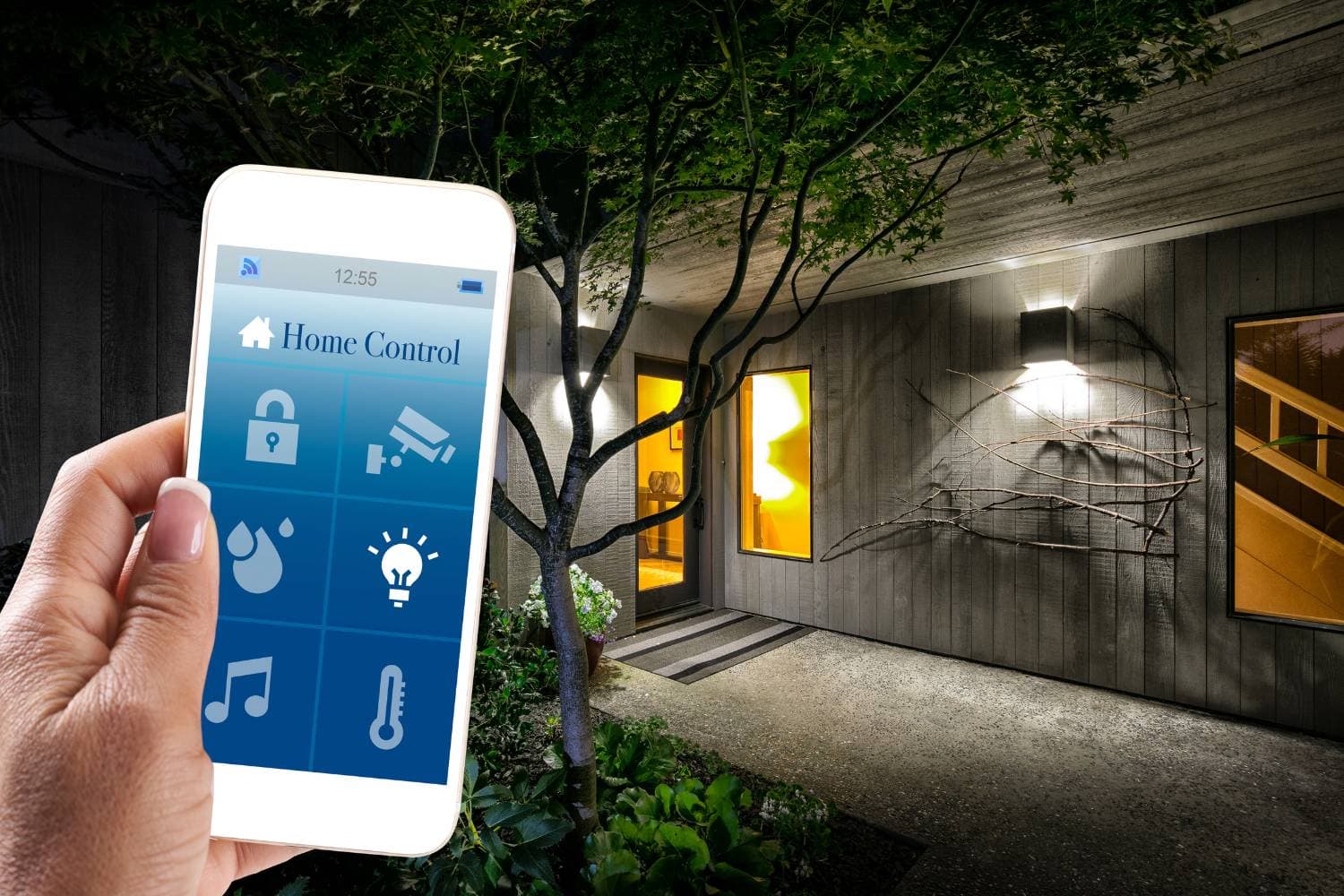
Install Automated Systems In Your Home
One good incentive to finally give in and make your ordinary house a smart home is the peace of mind it will bring you. Lights, door locks, security cameras, smoke alarms, and more can be controlled remotely or at predetermined intervals with home automation. If something out of the ordinary happens, you can receive instant notifications so you can react swiftly and prevent theft.
If Alexa Guard detects any suspicious noises, such as a break-in, it will notify you or set off an intelligent routine to fool would-be intruders into thinking someone is home.
Keep Home Fires At Bay
Verify that all smoke and fire detectors are operational.
Where needed, set up additional detectors.
- Present fire extinguishers should have their charge and expiration dates checked.
- It may be required to purchase new fire extinguishers.
- Avoid using the fireplace until you've had a professional chimney inspector look it over. Continue reading for additional fireplace safety advice.
- Make sure to reevaluate your home's fire escape routes in light of your current layout. This should include installing fire escape ladders in any bedrooms located on the second floor.
Conclusion
To ensure the reliability and effectiveness of your home security system, it is essential to protect it from physical interference. Strategic placement of control panels, sensors, and cameras in hard-to-reach areas, mounting cameras high and out of reach, and concealing sensors can discourage burglars. Power sources should be secure, using tamper-resistant or concealed options and ensuring outlets are not easily accessible.
Regular maintenance and checking of the system can make it more resistant to tampering. Camera hardware security can be enhanced with tamper detection features, Vandal Resistance (IK10) ratings, Torx Screws, and Encryption at Rest. Firmware signing should prioritize proactive security, including key signing and signature checking.
Top-tier security cameras now offer solid-state storage options, which offer improved data security and are faster and more efficient. Installing safety measures in your new home is crucial, and it is recommended to assess your home and neighborhood's needs to find a security system that suits your needs and budget.
Content Summary:
- Position control panels, sensors, and cameras strategically to prevent physical interference.
- Mount cameras high and out of reach to deter burglars.
- Conceal sensors and hide wiring to make wiring less vulnerable to tampering.
- Use tamper-resistant or concealed power sources.
- Ensure outlets are not easily accessible.
- Consider backup power options like uninterruptible power supplies (UPS) for additional protection against physical manipulation.
- Regularly inspect and check the security system for physical damage, loose connections, or unusual activity.
- Consider security systems with tamper detection features for added security.
- Use of tamper detection features to detect potential tampering and backup to the cloud.
- Each camera has its unique level of resistance to physical shocks, measured by its Vandal Resistance (IK10 Rating).
- Torx Screws are the gold standard for secure fastening in various mechanical applications.
- Encryption at Rest is used to protect security camera footage and all other data.
- Firmware is vulnerable to malware and exploits, requiring proactive firmware security.
- Key signing and signature checking are key in firmware signing.
- Top-tier security cameras provide solid-state storage options for recorded footage.
- SSDs are superior to traditional drives in shock and vibration resistance, making them less likely to fail and lose data.
- Install safety measures as per the date of posting.
- Assess your home and neighborhood's needs to decide on a security strategy.
- Contact local police for information on crime rates or for assistance with a home security assessment.
- Ensure sturdy frames, hinges, and mail hole access to prevent burglars.
- Change locks on all doors when moving into a previously occupied home.
- Use window bars or dowels to secure sliding doors or install sensors to detect glass door manipulation.
- Upgrade window security with aftermarket locks or key-operated levers.
- Keep the environment lit to deter criminals.
- Keep the inside and outside doors to the garage locked.
- Keep the garage door opener on-site to prevent theft.
- Keep the garage's security code hidden and never enter it in front of anyone.
- Keep your security system or smart home devices linked to your Wi-Fi network secure.
- Use parental control apps, routers, or software to protect children from cyberbullying and internet predators.
- Landscape your yard with trees and bushes to provide cover.
- Install security cameras that function independently or as part of a larger home security system.
- Store valuables in an in-home safe that is hefty, fireproof, and resistant to water.
- Make your home a smart home for peace of mind.
- Receive instant notifications when something unusual happens.
- Verify all smoke and fire detectors are operational.
- Check the charge and expiration dates of current fire extinguishers.
- Avoid using the fireplace until a professional chimney inspector inspects it.
- Reevaluate fire escape routes in light of your current layout.
Frequently Asked Questions
Some security systems offer integration with specialized emergency response services, such as private security or community watch programs. Check with your security system provider to explore options for connecting to additional emergency response services and understand how these services complement traditional law enforcement and medical response.
If required, securely share video footage or images captured by your security system with law enforcement. Ensure that your system allows for easy retrieval and sharing of footage. Follow legal and privacy guidelines when providing access to recorded material and communicate with law enforcement in accordance with established procedures.
Stay informed in real-time by configuring notifications for security events through multiple channels. Many security systems offer flexibility in choosing communication methods, including SMS, email, and push notifications. Customize these settings based on your preferences to ensure that you receive alerts promptly, regardless of your current communication platform.
Secure data transmission over the internet by using Virtual Private Networks (VPNs) or secure protocols when accessing your security system remotely. Avoid using unsecured public Wi-Fi networks and ensure that your system employs encryption for data transmitted over the internet. These measures protect your data from potential interception and unauthorized access.



